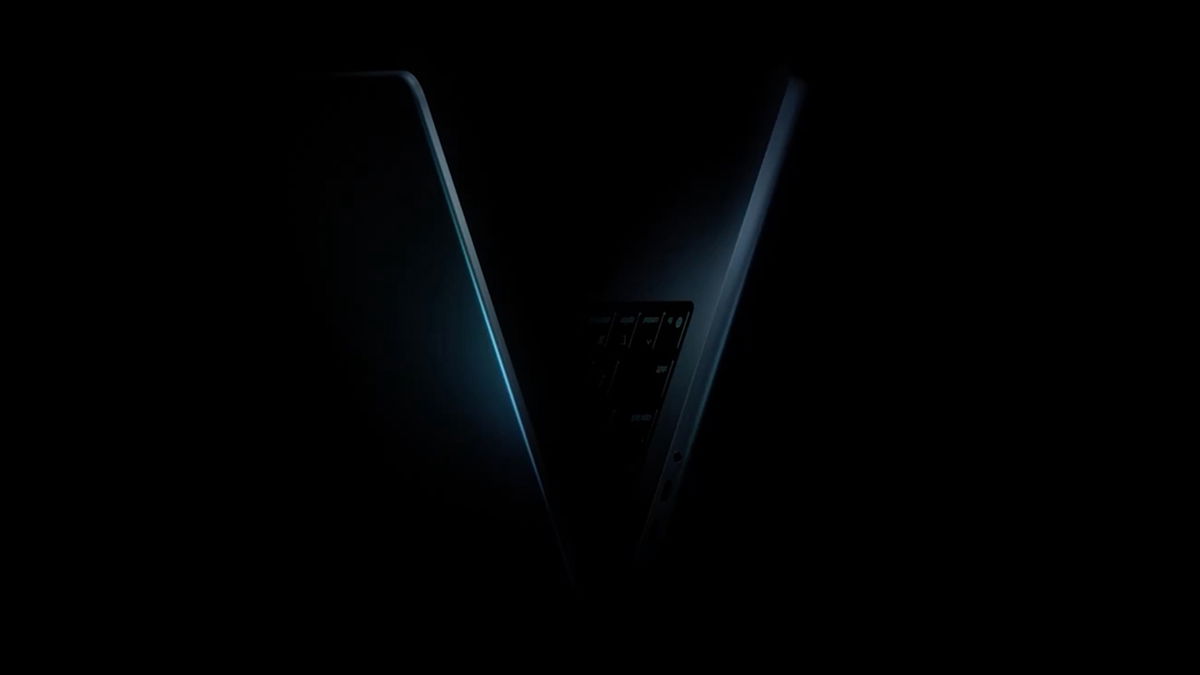The Earth hides many geological surprises that only with the help of modern technology we can discover and measure. One of these new products tells about Argoland, lost continent which about 155 million years ago broke off from Western Australia with a volume of 5000 km.
Argoland is a basin hidden deep in the ocean known as the Argo Bottomless Plain. The structure of the seafloor shows that this continent must have moved northwest and must have ended up where the islands are located Southeast Asian.
What happened to Argoland
Geologists from Utrecht University managed to reconstruct the history of the lost continent. It turns out that Argoland has fallen into pieces, but it still exists. “Otherwise we would be faced with a serious scientific problem.”
Geologists distinguish the earth’s crust into the heavier oceanic crust and the lighter continental crust. These lighter continents may be partially hidden below sea level.
“If continents can sink into the mantle and disappear completely, leaving no geological trace on the Earth’s surface, then we won’t have much of an idea of what the Earth might have been like in the geological past. It would be virtually impossible to create reliable reconstructions of ancient supercontinents and Earth’s geography. Earth in past times,” explains Utrecht University geologist Dow van Hinsbergen.
“These reconstructions are vital for our understanding of processes such as the evolution of biodiversity and climate, or for the search for raw materials. And on a more fundamental level: understanding how mountains are formed, or figuring out the driving forces of plate tectonics; “two phenomena that are closely related.”
Another scholar, Eldert Advocate, talks about the geology of Southeast Asia and how it influenced Argoland.
“We were dealing with literal islands of information, which is why our research took so long. We spent seven years putting the puzzle together,” says Advocaat. “The situation in Southeast Asia is very different from places like Africa and South America, where the continent has split in two. Argoland was divided into many different fragments. “It made it difficult for us to see travel across the continent.” That was until he realized that the fragments had arrived at their current locations around the same time, making it clear how they were related to each other. The fragments form a collage: Argoland is hidden beneath the verdant jungle of much of Indonesia and Myanmar.
“The fragmentation of Argolyle began about 300 million years ago,” Van Hinsbergen adds.
Source: Digital Trends
I am Garth Carter and I work at Gadget Onus. I have specialized in writing for the Hot News section, focusing on topics that are trending and highly relevant to readers. My passion is to present news stories accurately, in an engaging manner that captures the attention of my audience.










